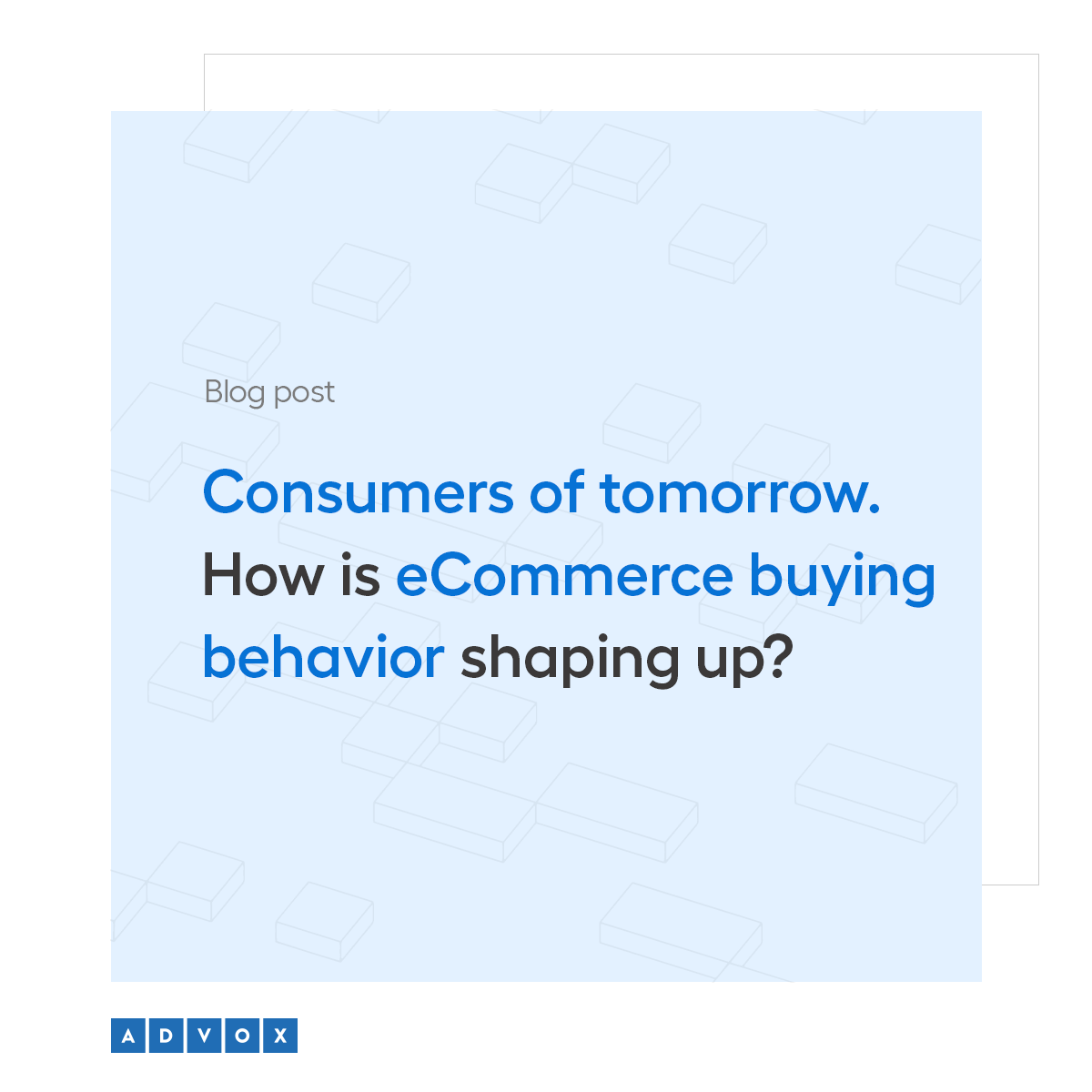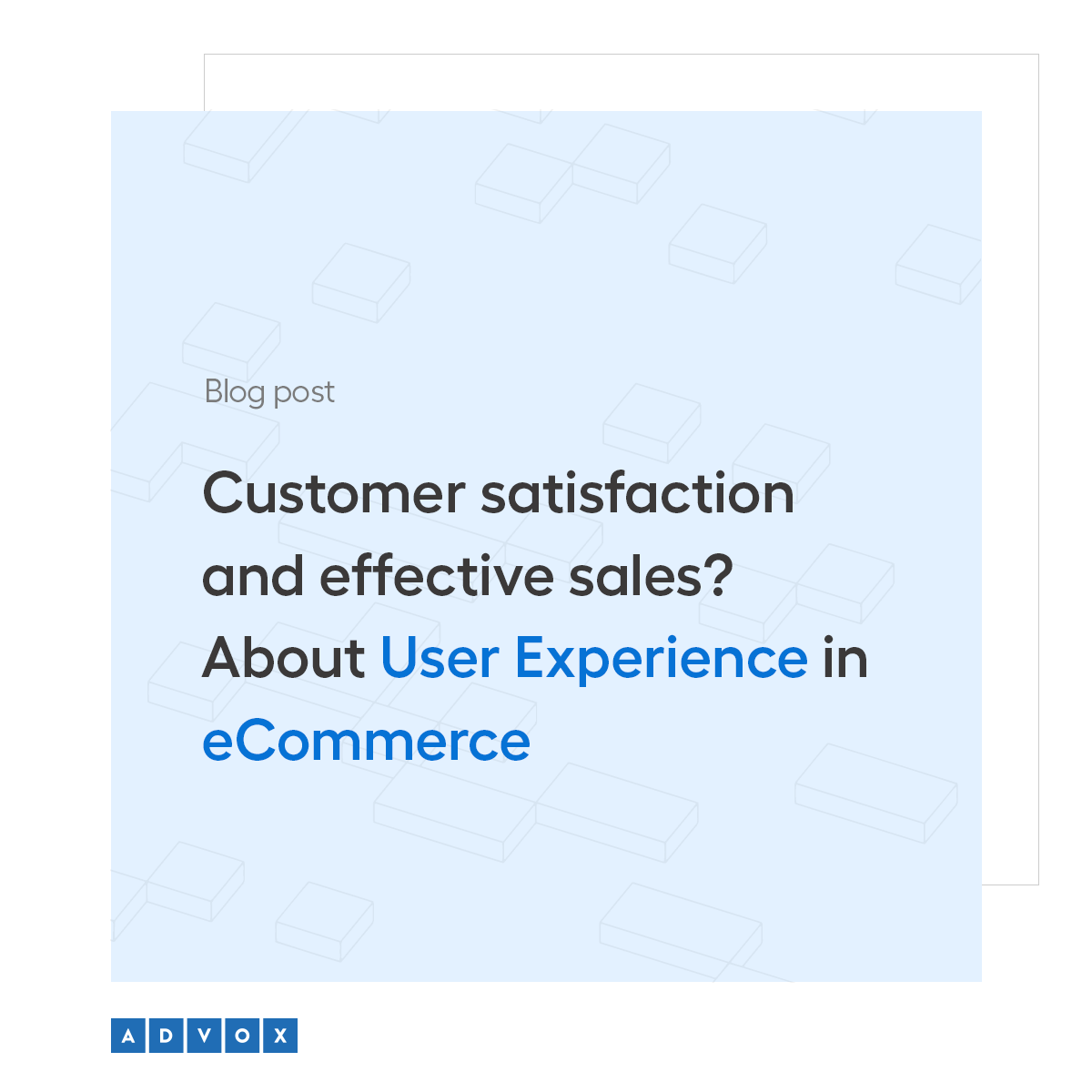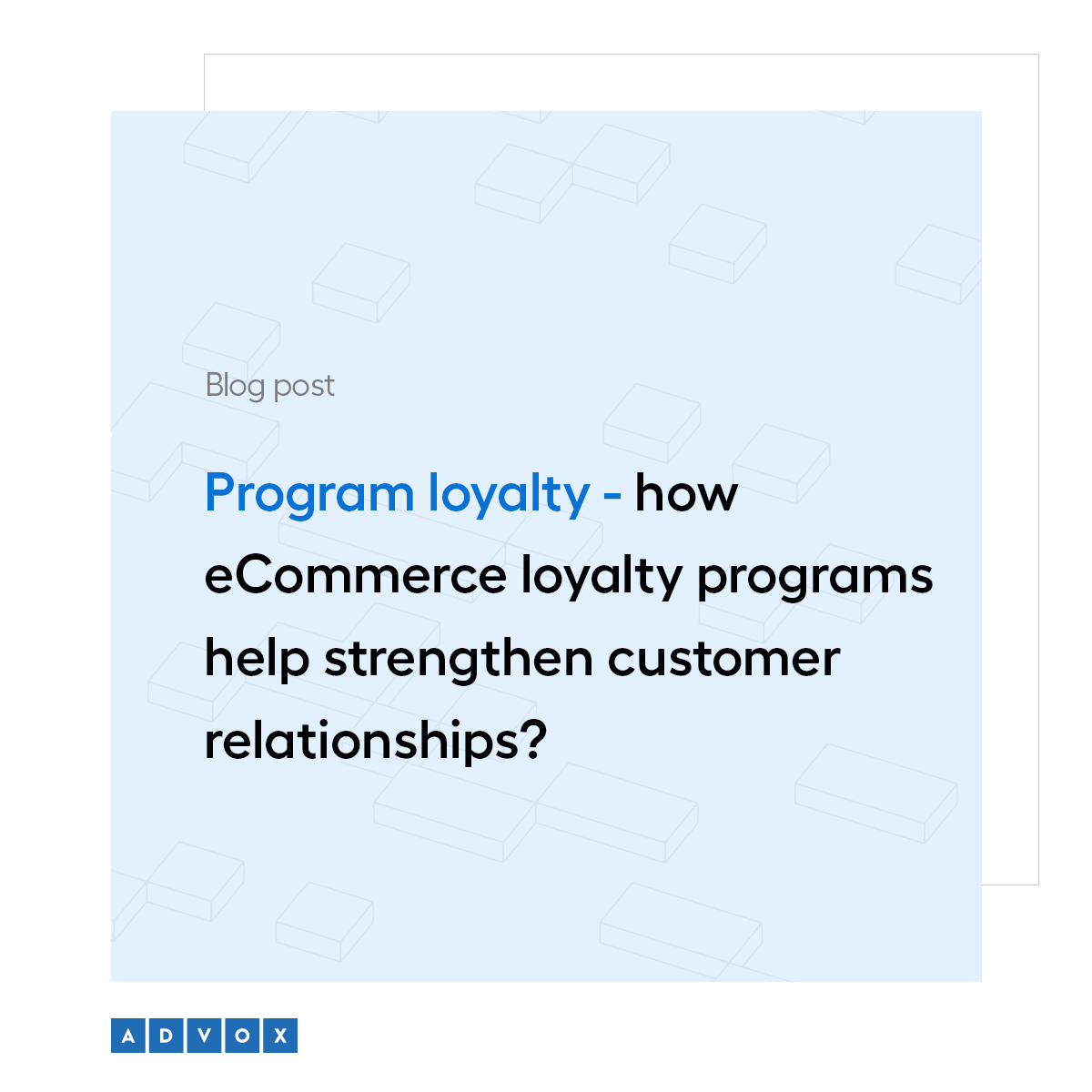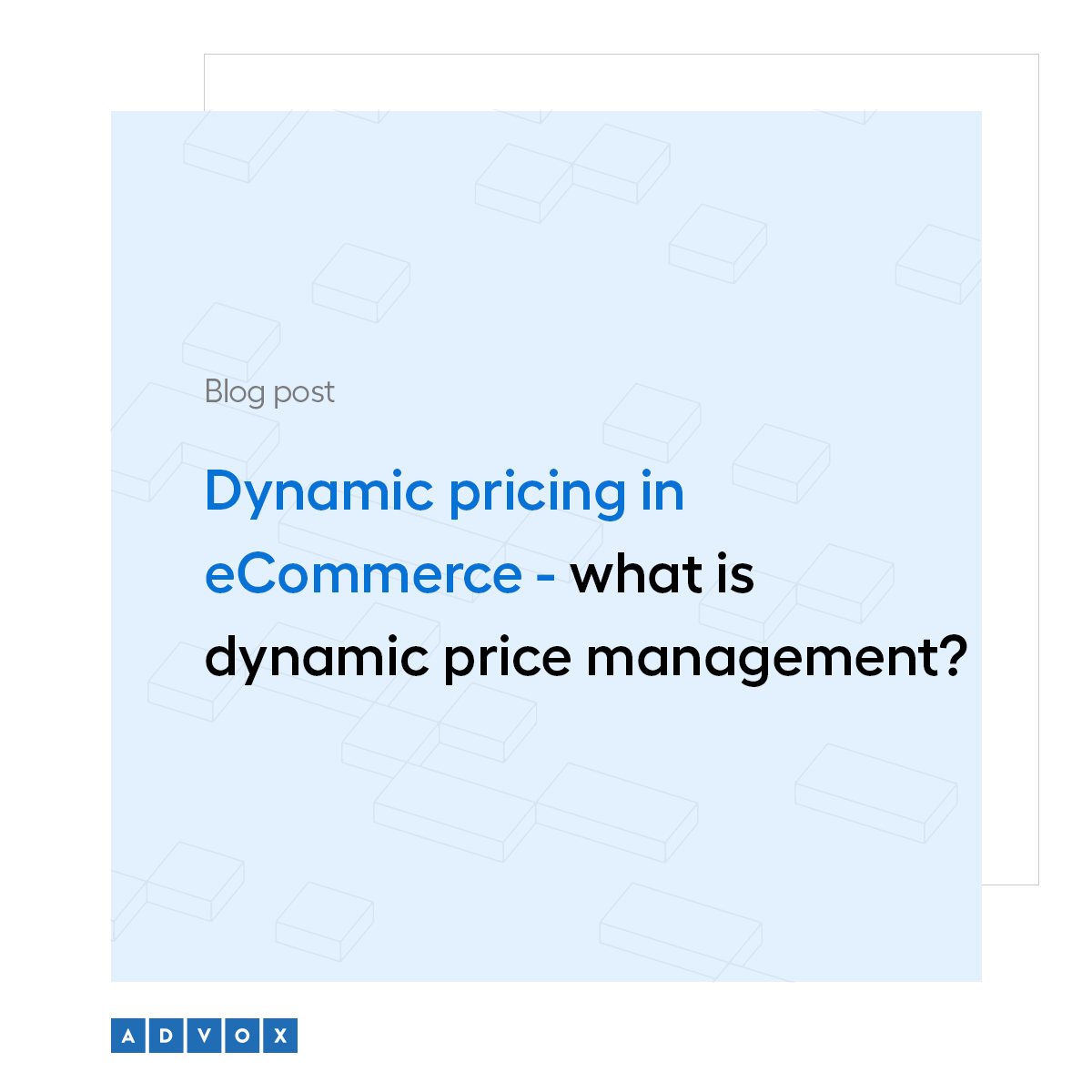Personalization of eCommerce - how to get the customer interested in the offer of an online store?
When a customer visits an e-commerce site, he almost immediately notices a tab with products matching his profile (and the suggestions turn out to be really relevant!). Browsing social media, he notices ads for items he is considering buying. In addition, he receives a newsletter with content of interest to him in his email inbox. All of the above are examples of personalization, which has now become a key element of many online stores' activities. What exactly is this strategy and what benefits can it bring to your eCommerce? You can find out by reading this article.
The paradox of choice - why is personalization of an offer important?
Personalization in eCommerce is the creation of a customized shopping experience. It involves customizing products according to the user's specific needs, preferences, expectations or aesthetics. In this way, the eCommerce store's offer becomes more flexible, responding to each customer's individual requirements. Personalization allows you to focus on what really matters to the customer. This is because it is often the case that a wide range of products creates a sense of overwhelm in the user. This can make him give up shopping because of the time and effort required to find the perfect product. This is the paradox of choice in eCommerce, which can be eliminated through personalization.
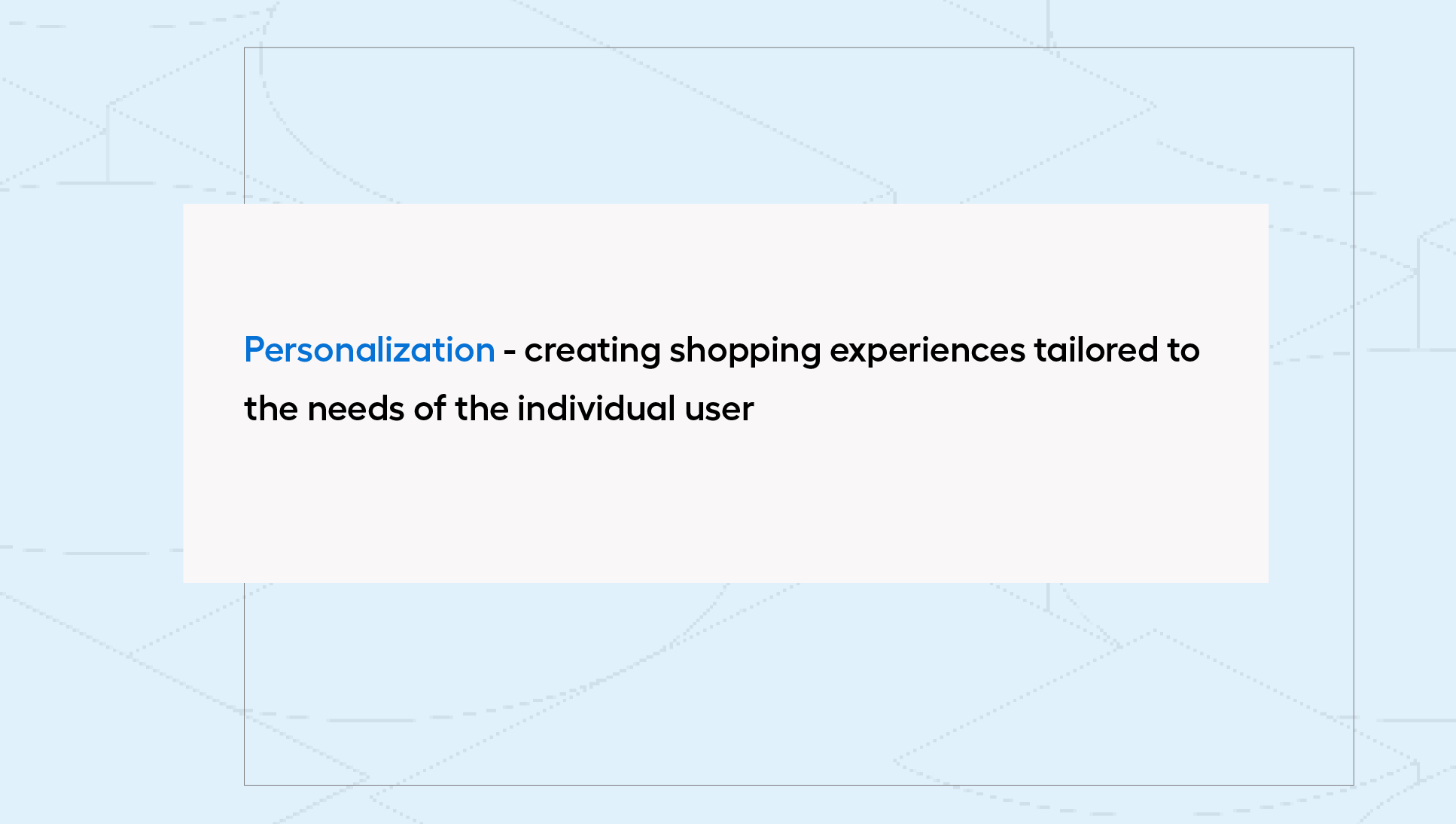
The purpose of personalization, therefore, is to present the online store's offer in such a way that the customer feels that it is tailored to his individual needs. This approach allows you not only to increase sales, but most importantly to gather a group of loyal buyers. However, it is worth remembering that in order to effectively personalize your product, you need to know your customers thoroughly and know who you are targeting with your offer. How to know the expectations of your eCommerce visitors?
Effective personalization in eCommerce - where to start?
Nearly 90% of consumers (according to a survey by Infosys) indicated that personalization in eCommerce influences their purchasing decisions. What does this mean? Regardless of your industry, and whether you operate in the B2C or B2B market, your audience expects the process of selecting the products they are interested in to be quick and pleasant. This is exactly the feeling that can be provided by, among other things, properly developed personalization. Where to start building such a strategy?
For personalization to be effective, a key step is to recognize the customer profile. Without knowledge of users' preferences, purchase history and behavior, it will not be possible to tailor offers to their individual needs. To learn about the needs of each individual user, it's worth using external tools to track their activities. Tools such as User.com, for example, will help you gather information about your customers, based on which you can design a personalized shopping experience. In addition, you can also use other tools that will assist this process such as:
- customer research - customer recognition is not only about demographics, but also about their purchasing preferences, transaction history and reviews and feedback given. You can collect such data through surveys you conduct, loyalty programs and other tools to collect this data.
- competitive analysis - regular research of the market and competitors' activities is an effective way to stay abreast of industry trends, as well as discover new personalization opportunities.
- artificial intelligence - AI-based technologies (e.g. machine learning) can analyze sizable amounts of data and identify patterns in customer behavior. With them, for example, you can automatically generate product recommendations and deliver personalized content in real time.
When creating a personalization strategy, it's a good idea to combine multiple tools - the more information you have about the customer, the better you can customize your offer. Remember to regularly collect data and analyze any changes in user behavior to respond to their needs on a regular basis.
Personalization in practice - how to tailor the offer to the needs of customers?
You already know the consumer's preferences. You know which products he reaches for most often and which places on the store's website he visits most often. It's time to translate this knowledge into practice and take a comprehensive approach to platform personalization. In which areas of the online store should you include these strategies?
Product recommendations
Knowing your customer's preferences, you can effectively leverage personalization by creating product recommendations. Including sections such as "Recommended for You" or "Recently Viewed" on the homepage or product card increases the chance that the customer will become interested in the offer and make additional purchases or return to an interrupted purchase process.
Dynamic pricing
Dynamic pricing strategies are increasingly being used by many eCommerc leaders. The idea behind dynamic pricing is that product prices can change depending on the customer profile, purchase history, time of day or season. This makes it possible to offer the most optimal price level for different groups of customers. However, when deciding on dynamic pricing, it is important to make sure that the price changes are not too frequent (or too drastic), as this can reduce customers' trust in the store. In addition, it is also a good idea to make sure that the way prices are displayed complies with all standards (e.g. Omnibus directive guidelines)
Check out
The process of finalizing a purchase is a key moment where personalization can have a big impact on customer behavior. For this reason, it is a good idea to give the customer a wide range of payment and shipping options, so that they can choose the ones they prefer most. It will also be a good practice to implement self-completing forms, which will speed up the ordering process. In addition, it is also a good idea to display additional order information to buyers, such as the expected shipping time or the location of the nearest showroom in the area, when the customer chooses to pick up the order stationary.
Marketing
Personalization does not have to be limited only to the design of the website and the operation of your online store. It's worth using it across channels (in line with the omnichannel approach) and reap the full benefits of this strategy. You can achieve this through, among other things, advanced targeting in social media ads. You can also choose to send personalized mailings in which, for example, you inform recipients about abandoned shopping carts, products on their wish list or the availability of products they have previously browsed. And finally - you can tailor a variant of the store's page to the customer's interests (e.g., products from categories the browsers are interested in will appear higher on the page).
Personalization versus customization - what is the difference?
Personalization and customization are terms that are sometimes used interchangeably. Each describes activities that customize the shopping experience for individual customers. However, this is where the similarities end. What are the important differences?
Personalization is a process that focuses on providing the customer with what they need based on the data collected. In this way, the user can more quickly select the product he or she is interested in from the store's fixed offerings. Meanwhile, customization enables the creation of entirely new products (usually based on a template). This approach gives customers control over the product design process, such as by choosing colors, materials, sizes or additional functionality. An example of customization could be the ability to print custom graphics on a product.
| PERSONALIZATION | CUSTOMIZATION |
|---|---|
Both personalization and customization are valuable tools in eCommerce, as they allow you to tailor your offer to your customers. The choice between the two depends on the individual needs and preferences of users, as well as the nature of the products offered (not every product can be customized).
Benefits of personalization in your online store
Over the past few years, personalization has become known as an industry trend - but it's not just a popular strategy, as when executed well it can bring a number of benefits to your eCommerce. This is evidenced by the results of a Forrester study, according to which 77% of consumers have chosen, recommended or paid more for a product from a brand that provides a personalized experience. Personalization doesn't just mean more profits, however:
- the ability to flexibly manage product prices,
- reduction of the risk of returns,
- opportunity for interesting marketing activities,
- standing out from the competition,
- building consumer loyalty.
Personalization in an online store - evaluate whether it is worth it
Personalization is the answer to increasing customer expectations. For this reason, it is worth considering it as an integral part of your eCommerce strategy and an investment that can bring many benefits, both short- and long-term. Customizing your product offerings and shopping experience not only has an impact on increasing sales or building customer loyalty. It's also a tool that will allow you to better manage your own offerings by, for example, reducing the number of returns or setting pricing policies more effectively. Take steps toward personalization and provide customers with what they really want.
